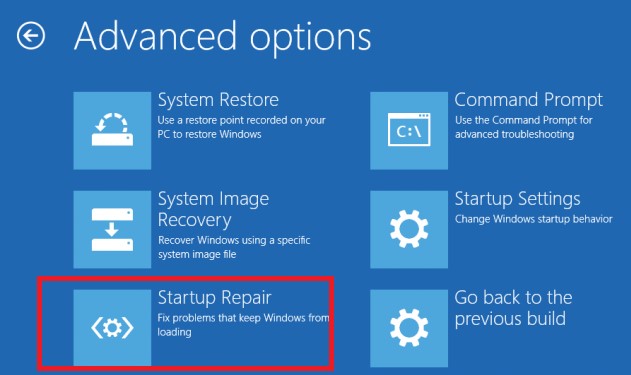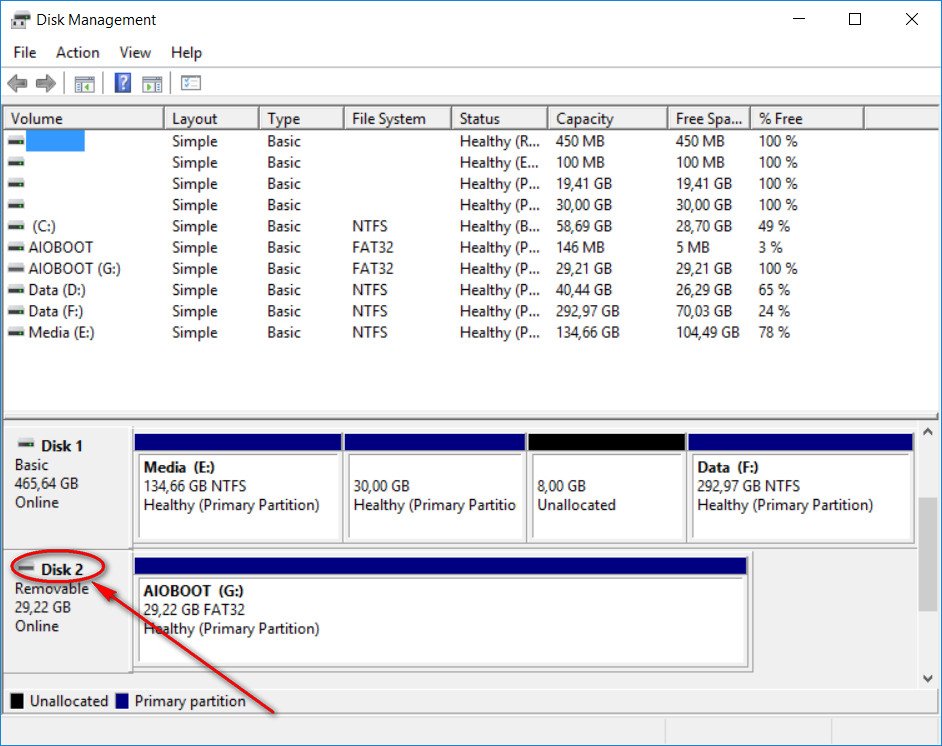

#Remove grub windows 10 uefi update#
But this will leave 'manjaro' in the system bootmenu and have the manjaro efi file not removed (grub圆4.efi) until a windows update wipe it it off. I was greeted with the grub menu which lets me. Reinstalling Windows 10 with Secure Boot and UEFI. A simpler, lazier but untidy way is just set the windows bootentry to top of the list as aboveĪnd do nothing else. So I decided to wipe the drive clean and reinstall Windows with Secure Boot and UEFI enabled. uhm, we can still help you boot it up if you regret doing it but it's more complicated. Your Manjaro root partition remains untouched but you can do whatever you want with it. so be careful that you read all this beforehand before doing anything. Remember, at this point now you will not be able to boot manjaro anymore. Where yyyy is the windows bootentry listed in efibootmgr. Where xxxx is manjaro bootentry listed in efibootmgrĪnd set windows efibootentry to top of priority If both manjaro and windows are listed, remove manjaro bootentry with

If you are at all uncertain, you should use the tip above to verify the boot mode of the installer before proceeding much further into the Linux installation, and reboot the installer in another mode if necessary.If your system is uefi, particularly if windows is uefi, it is much easier. Most Linux installers will allow you to press Ctrl+ Alt+ F2 to get a shell prompt even before the actual installation starts (you may have to select at least the keyboard/language options before it becomes available though), which you can use to verify the boot mode: if the /sys/firmware/efi directory exists, the system has definitely booted in UEFI mode. But as the firmware is configured to boot UEFI-style, it will ignore the legacy-style bootloader once the installation is complete, and vice versa. In addition, you can reinstall Windows 10 from USB drive if you have an installation drive. If you created a Windows 10 recovery disk, you can use it to recover your computer.
#Remove grub windows 10 uefi install#
If you quickly pick the first available option to boot from the installation media, you might accidentally end up with the legacy BIOS-style boot for the installer, and then it will attempt to install a legacy-style GRUB. Fix deleted partition now wont boot by reinstalling Windows 10. Most OS installers will detect the method they're booted with, and will automatically install the OS's bootloader using the same method, no questions asked. I thought it was a problem with the Fedora distro and tried with KALI and Mint, but still the GRUB is not loading, windows always start automatically.Īny idea of what can be wrong? As far as I understand, Linux can coexist with Windows in a UEFI based system, but it does not work on my laptop.Ī common problem seems to be that modern systems may offer not one but two boot options for booting the OS installer from removable media: one for UEFI-style boot and one for legacy BIOS-style. Remove the nvme01p5 partition and install the bootloader in nvme01p2. SECOND TRY: I used the EFI partition created by Windows and mounted it in /boot/efi, installed linux, GRUB is installed without errors, but after boot it still loads windows instead of GRUB. Windows bootloader is installed in nvme0np2 while Linux is on nvme01p5. I used 50Gb to install Windows (partitions generated by Windows are EFI System, Microsoft reserved, Microsoft basic data and Windows recovery)įor Linux, I created /boot/efi 500Mb, / 50Gb and swap 8Gb (no /home partition, all in / root).įIRST TRY: I created an EFI partition mounted in /boot/efi, installed linux, GRUB is installed without errors, but after boot it loads windows instead of GRUB. Step 3: Look through the right-click menu for the Remove button to instantly delete the menu entry from your Grub bootloader list. When you’ve found it, right-click on it to open up the right-click menu. In the BIOS setup I have UEFI mode active, the SECURE BOOT is disabled and the boot order is USB, CD/DVD, hard disk, OS boot loader and finally network. How do I remove grub boot options Step 2: Scan through the list to locate the Grub entry you’re looking to get rid of. I don't know if the problem is related to Windows 10 or the BIOS configuration. If I erase all the disk and install only a standalone Linux the GRUB works perfectly. I have a new computer that comes with UEFI but I'm unable to use Windows 10 and Linux in dual boot, after installation of Linux+GRUB and reboot it loads Windows without showing GRUB, notice that first I install Windows and then Linux, as usual.


 0 kommentar(er)
0 kommentar(er)
